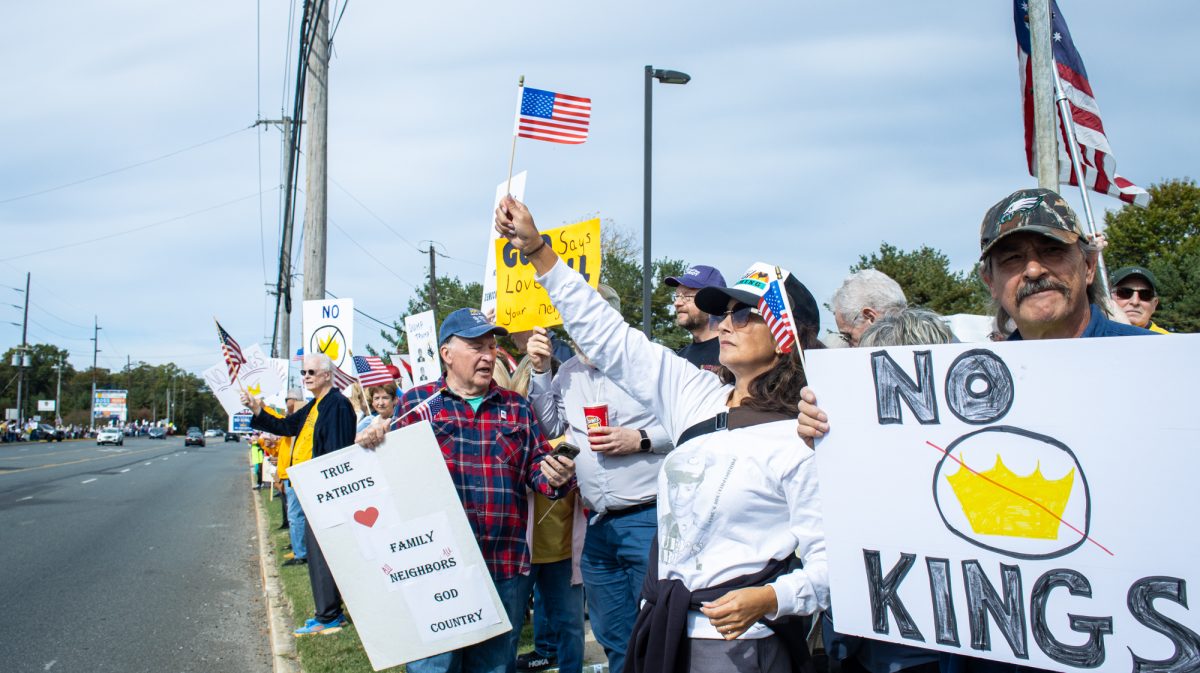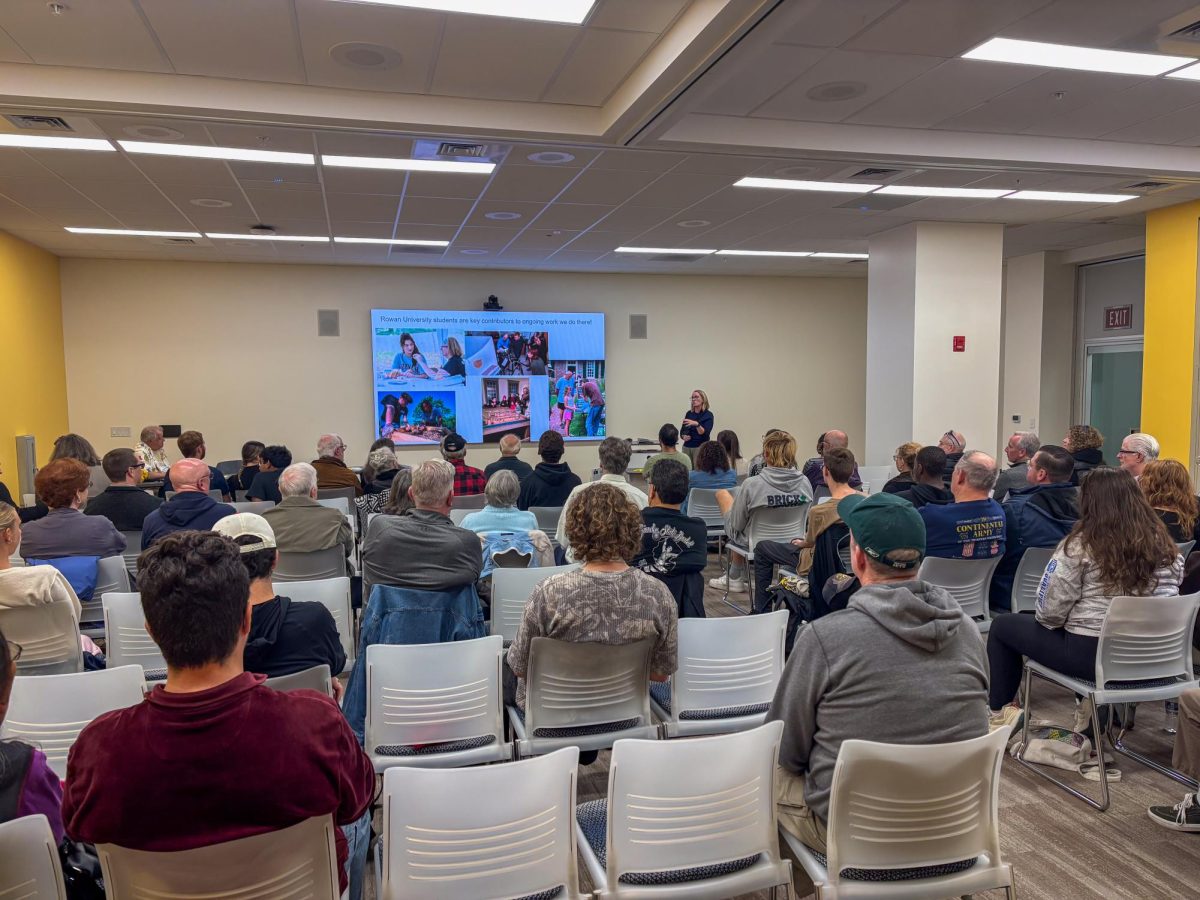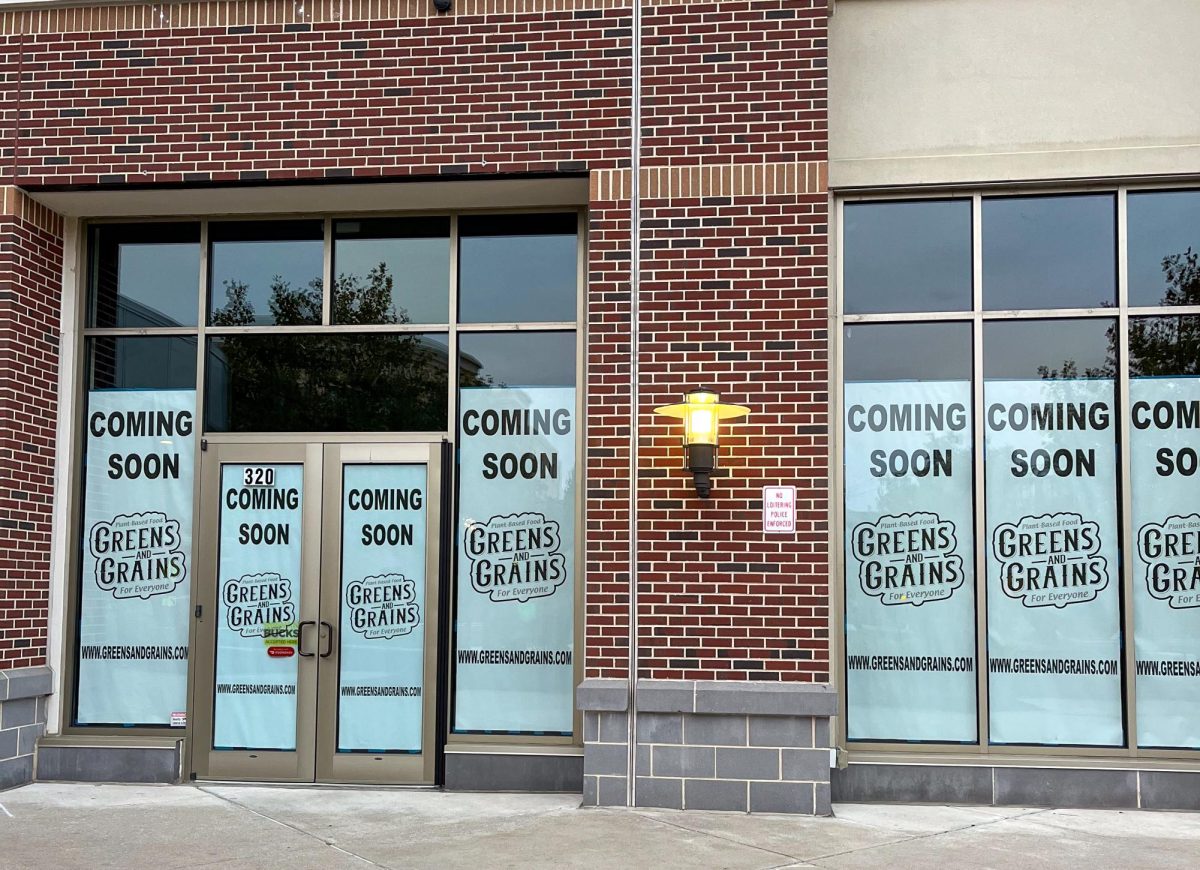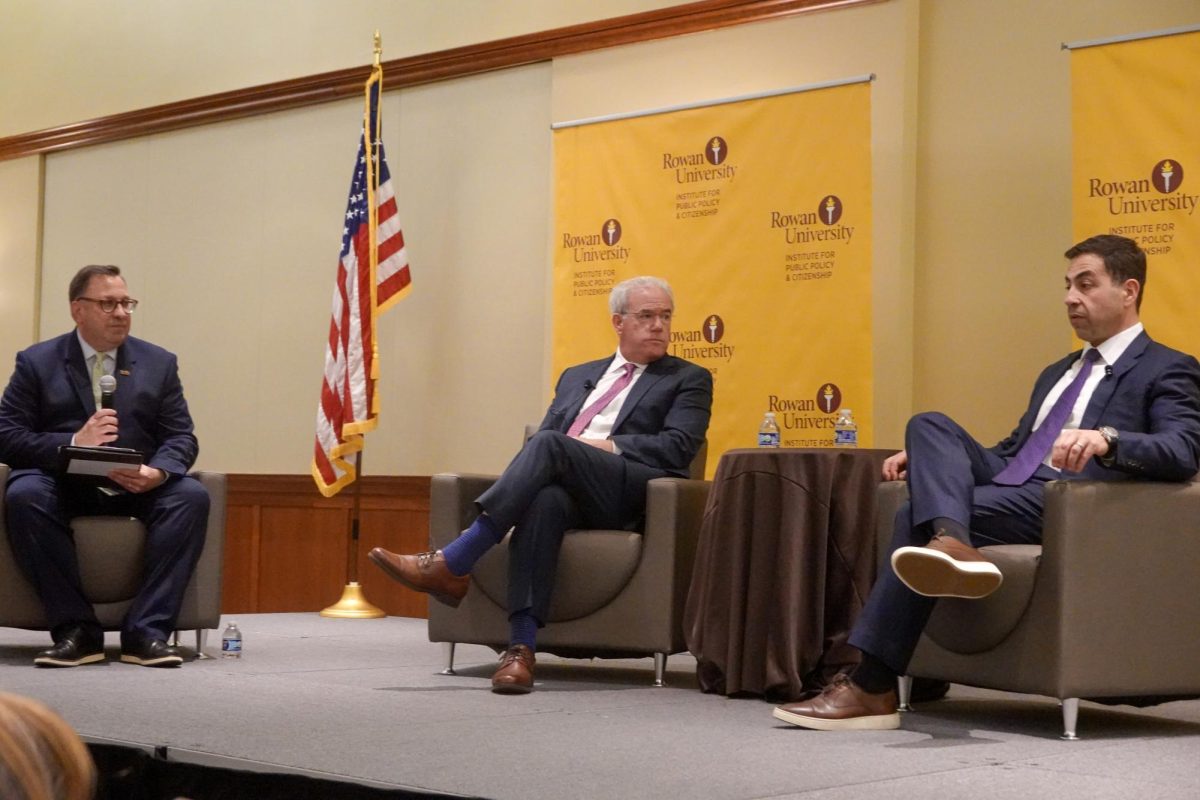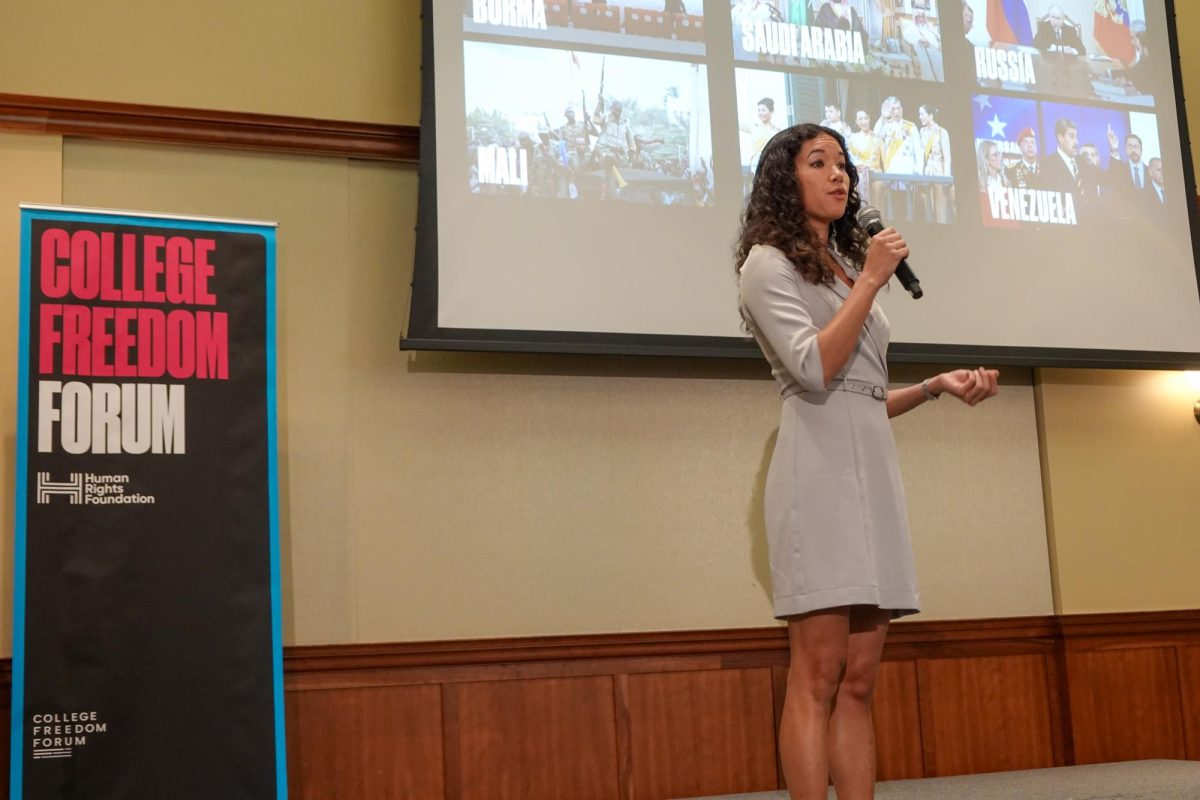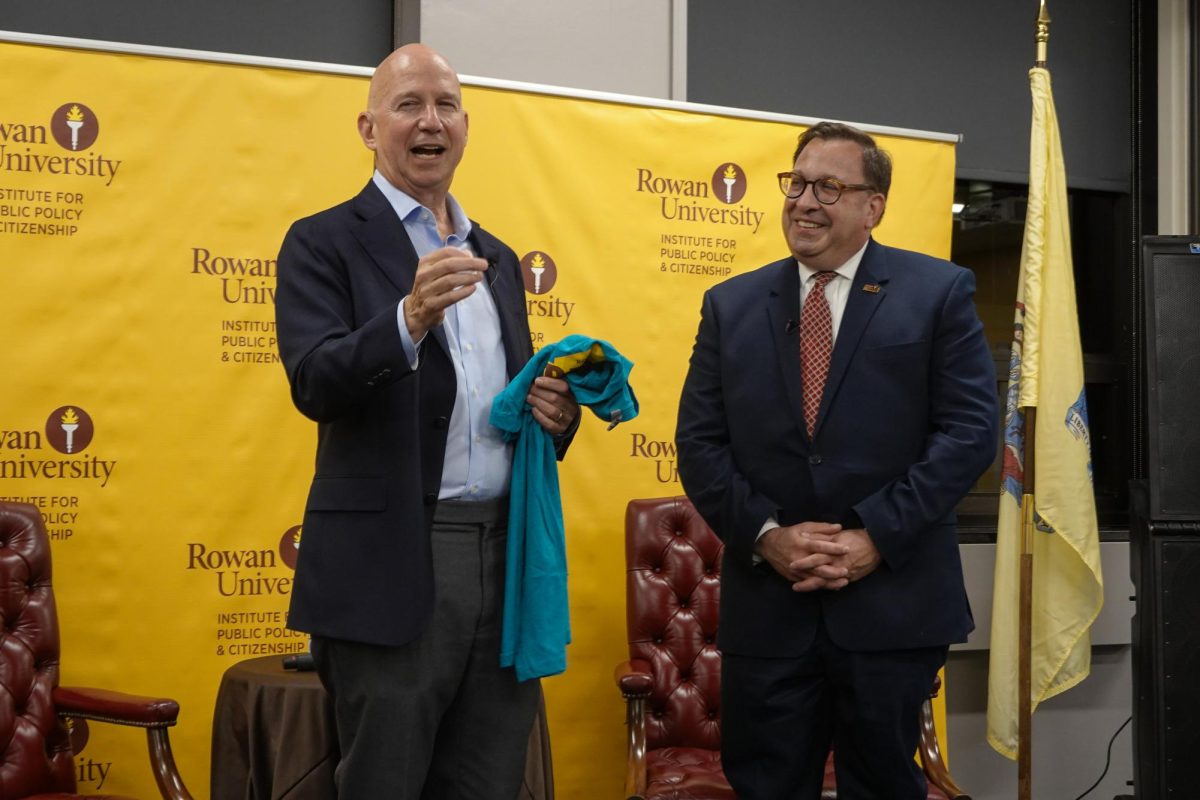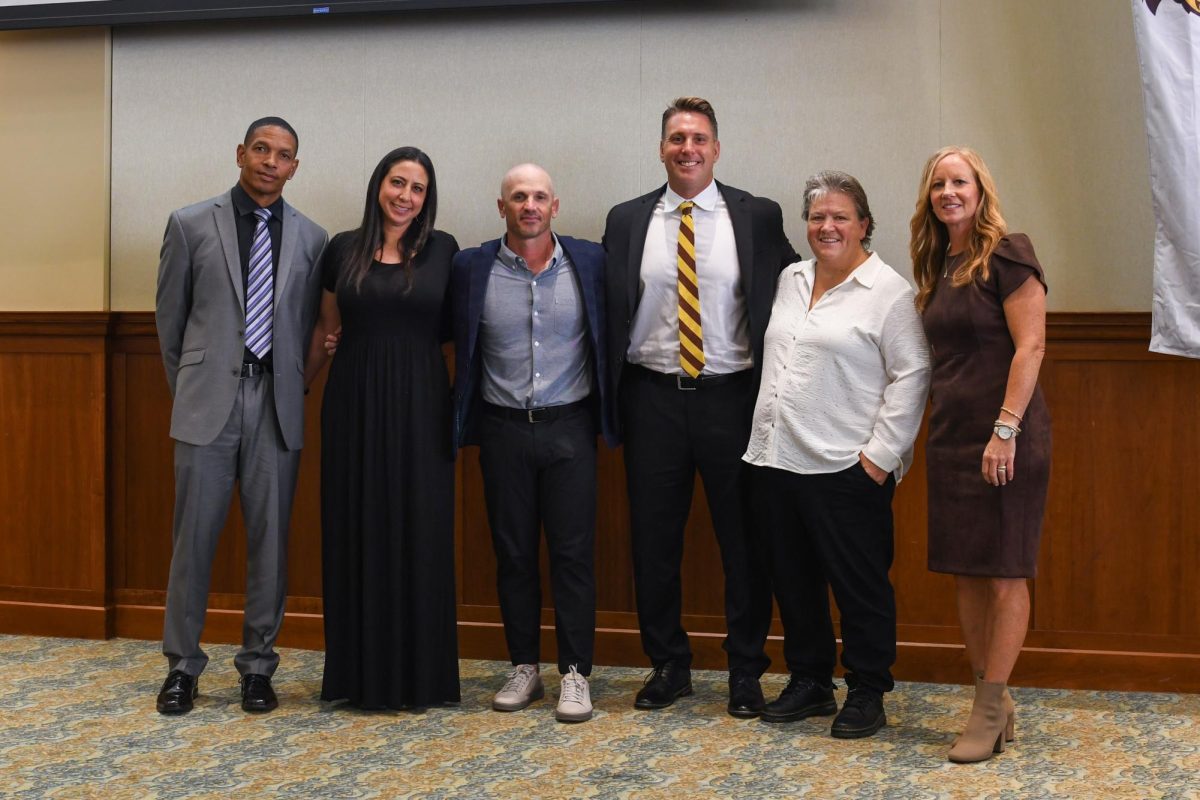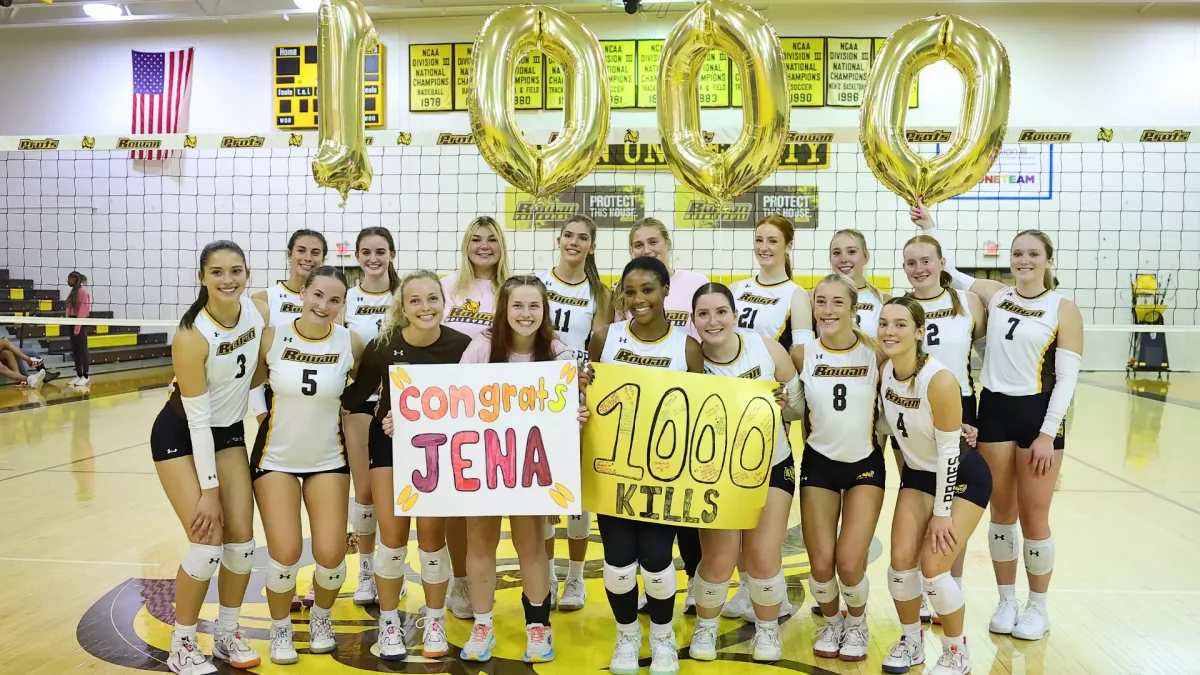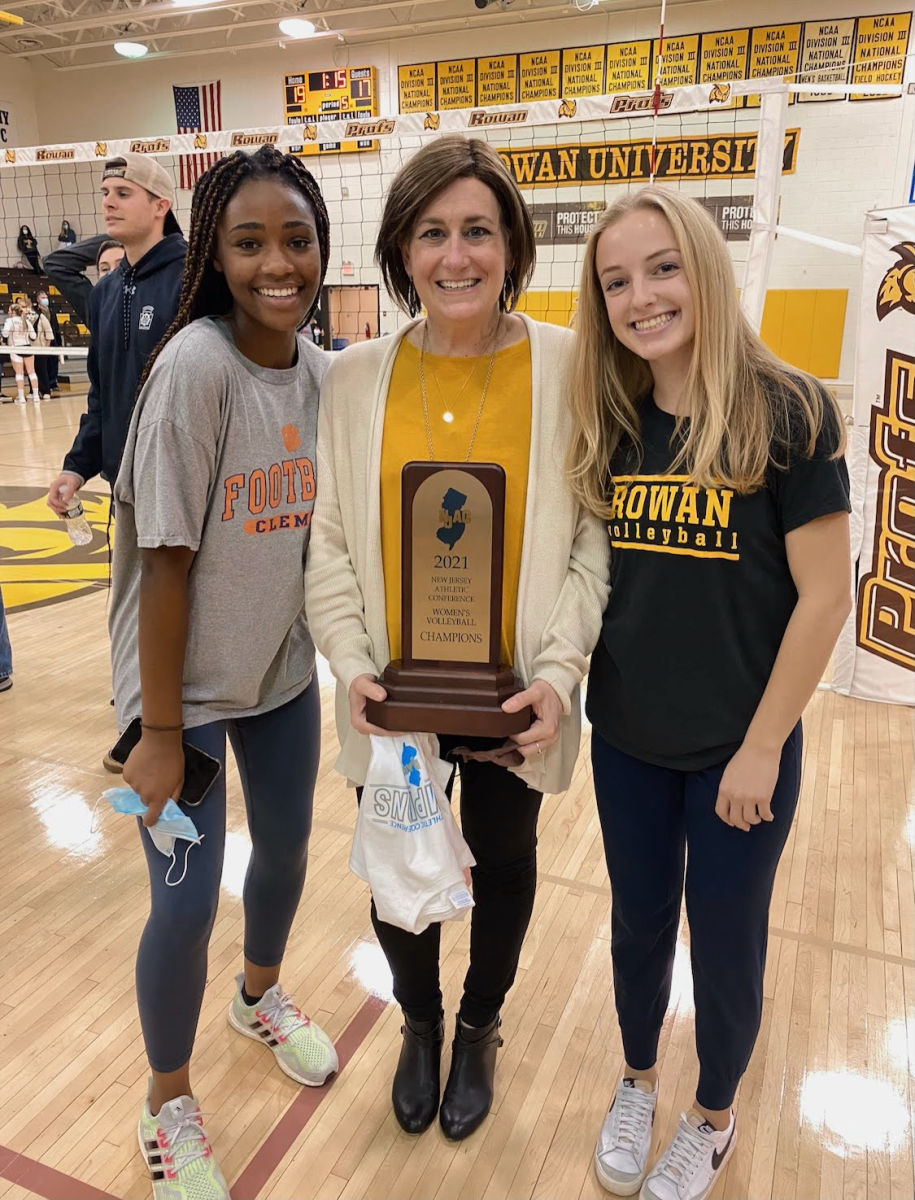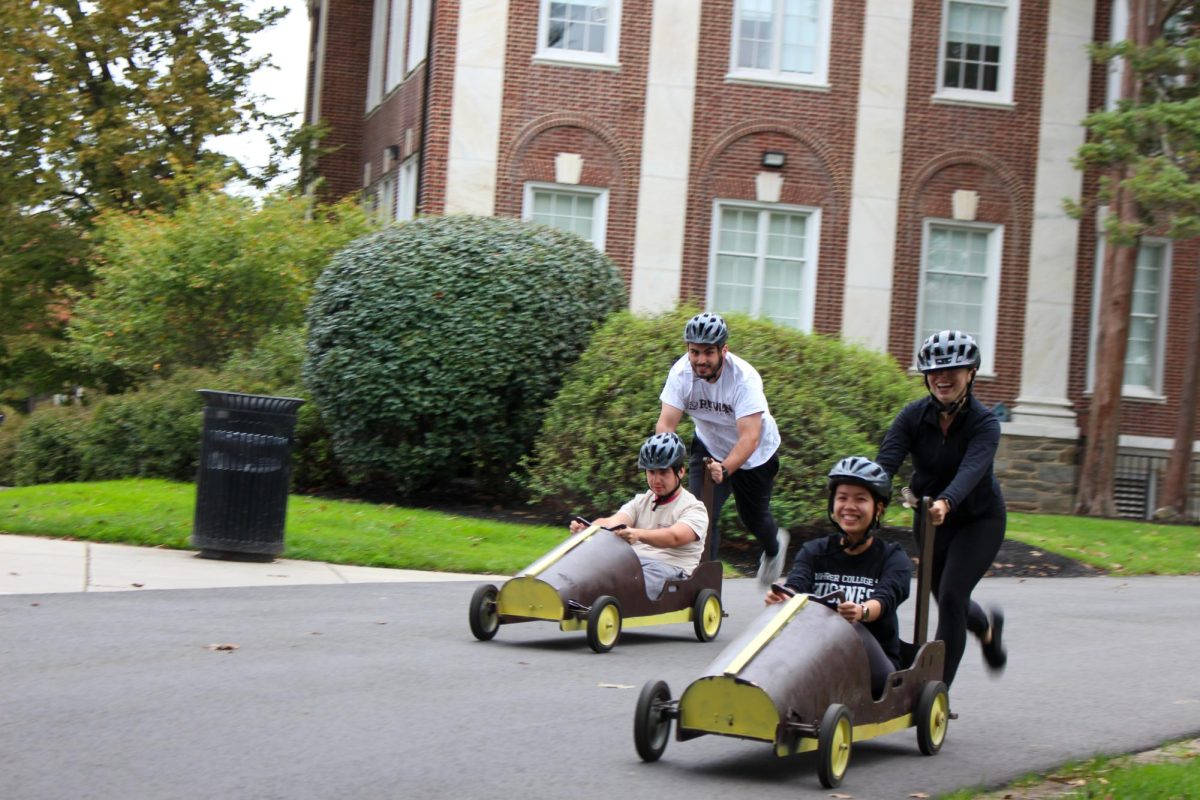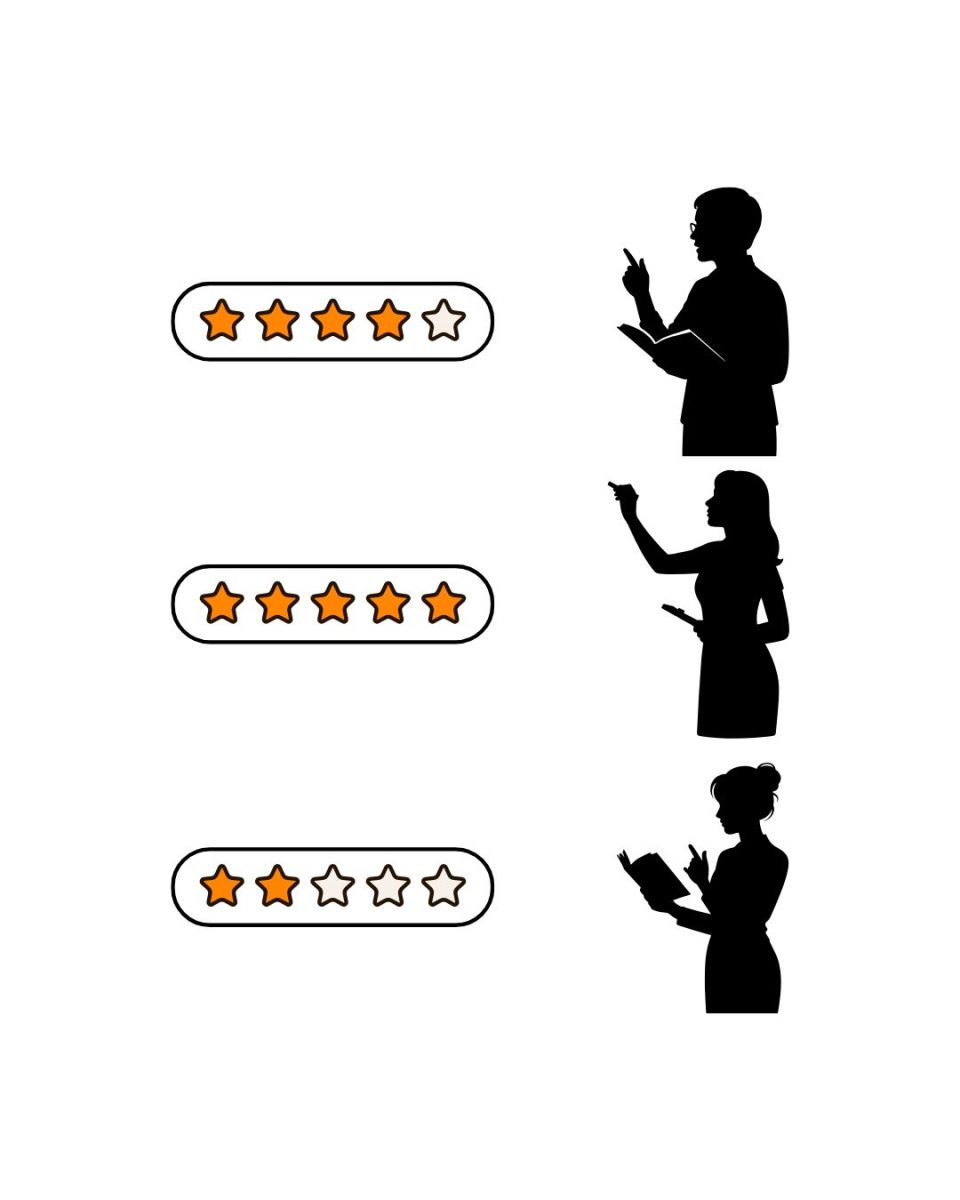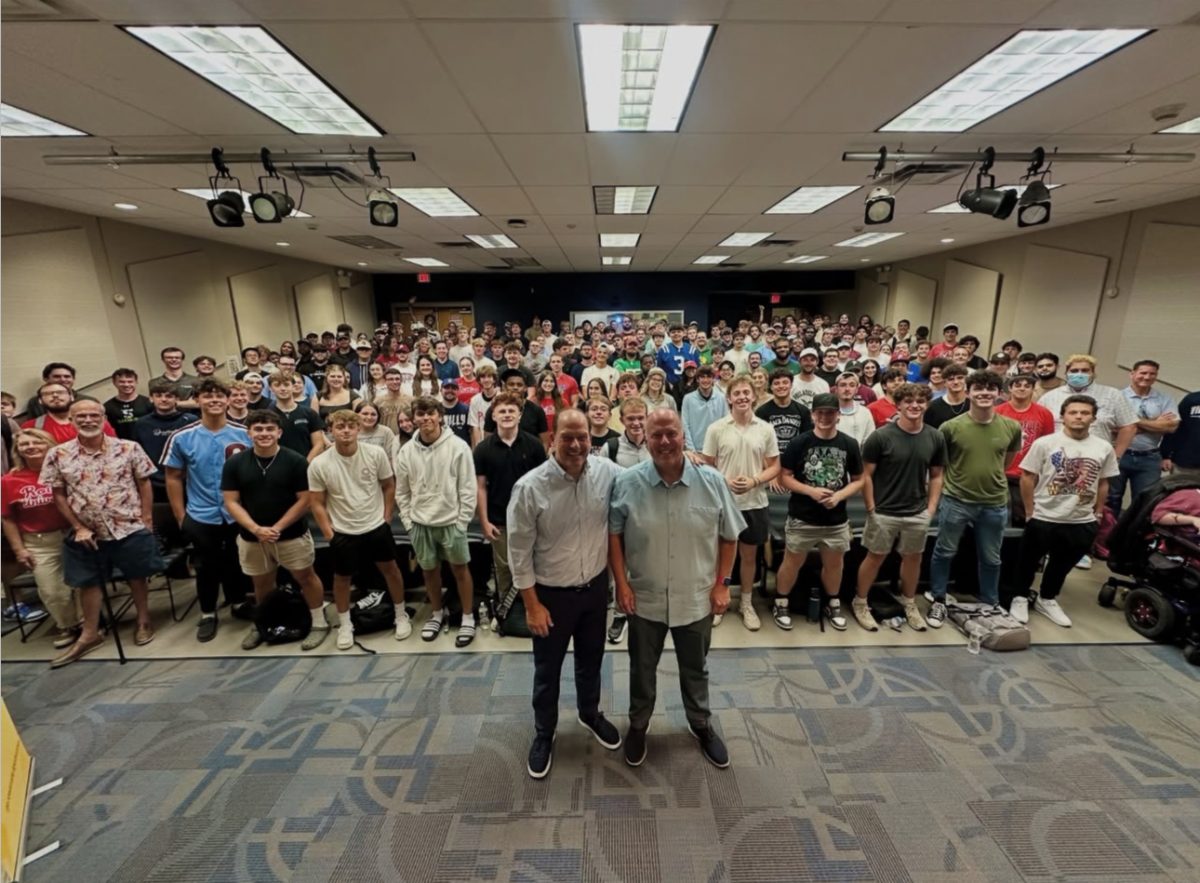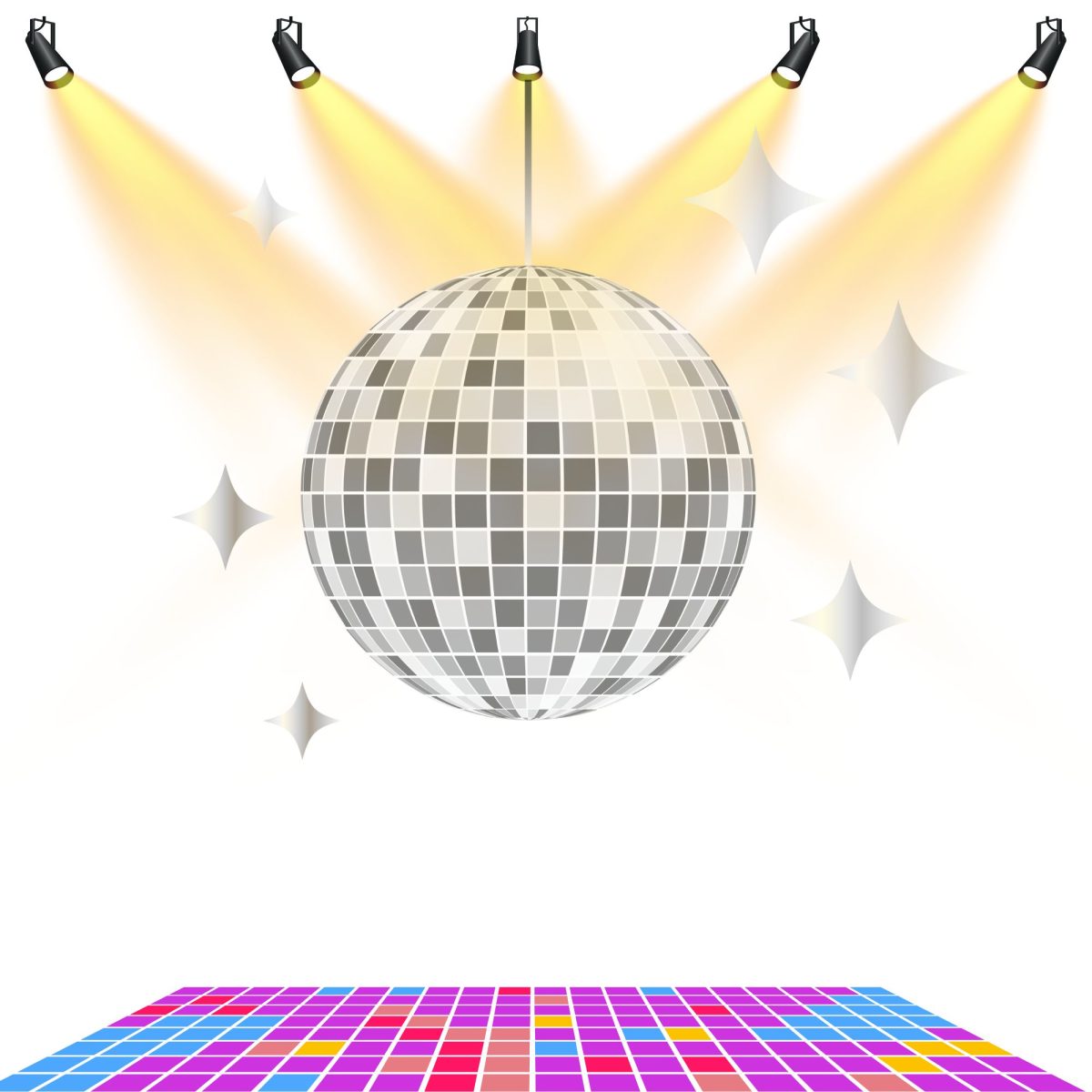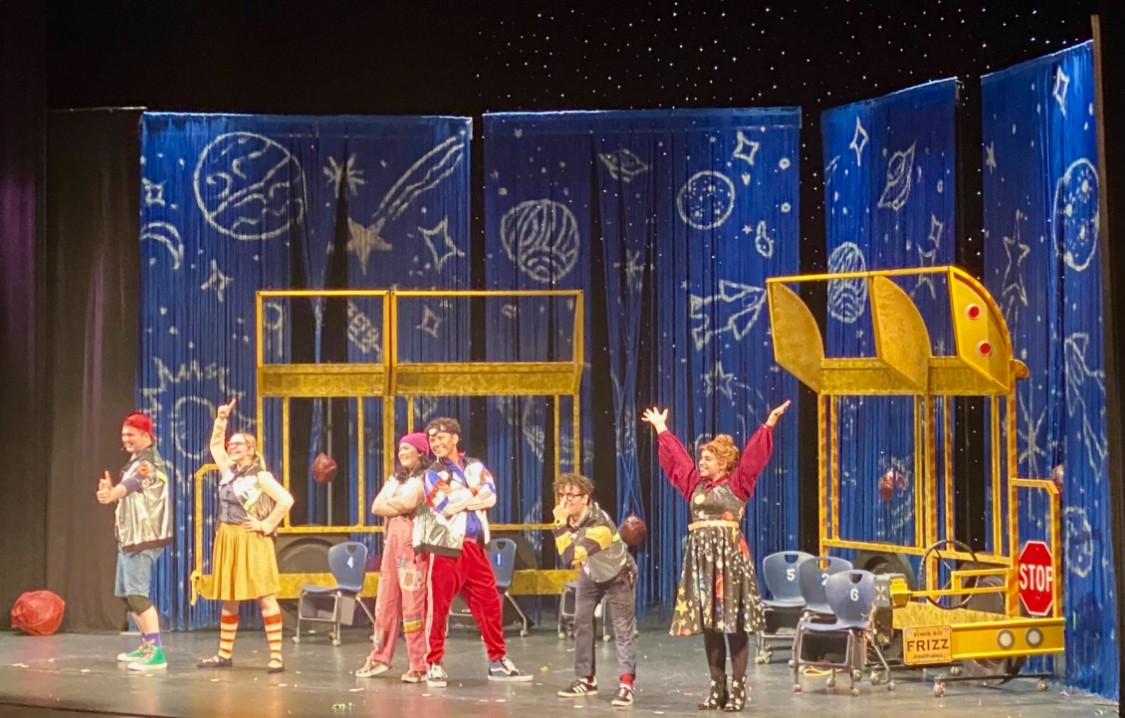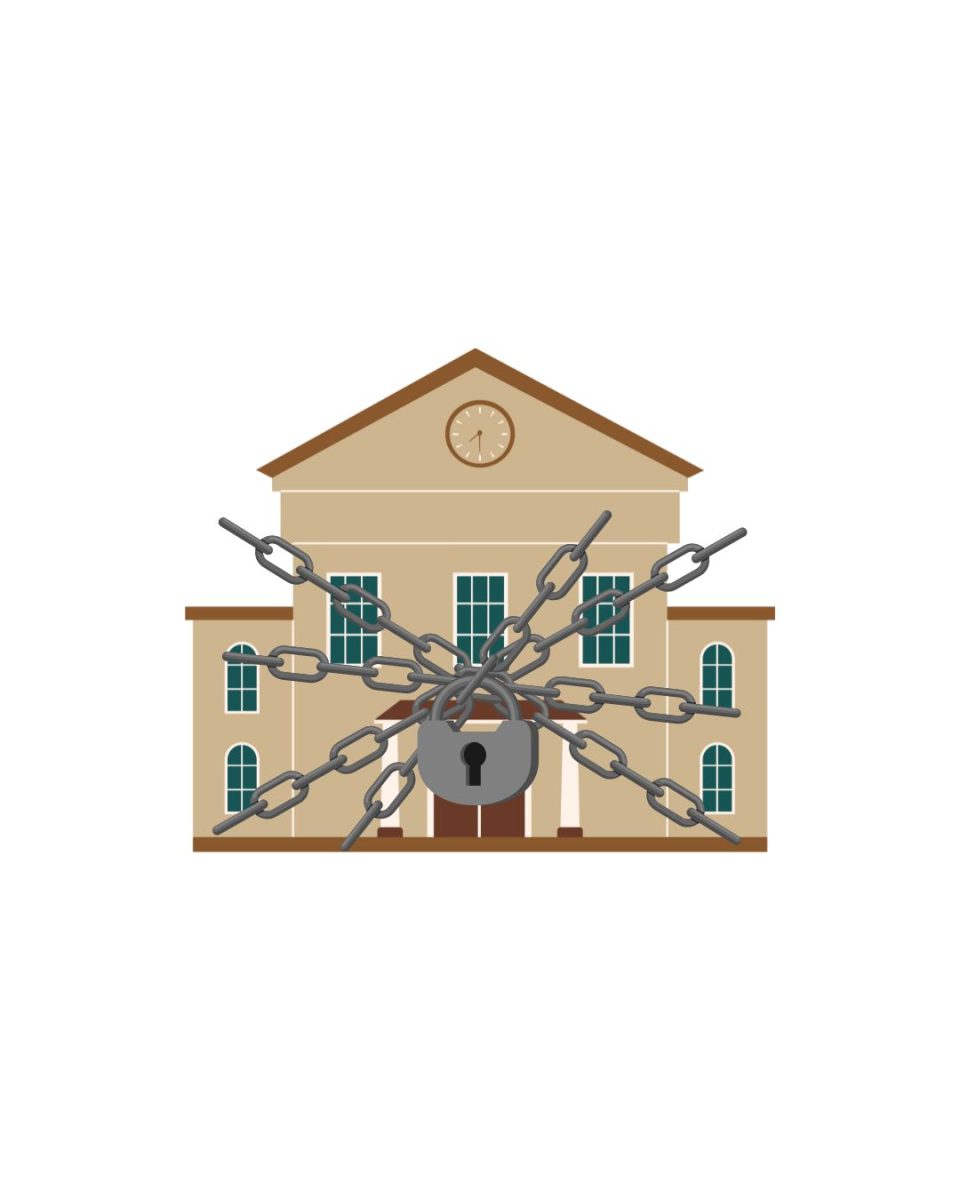A lot of people my age and younger complain that they were born in the wrong generation. Their main crux of this “generation” is how poor the music of today is, claiming the 1960s and 70s were the true golden age of music.
They look at the music made in that era and automatically assume that everything recorded then was great. However, I am here to say that their claims are not true. While great music was made then, fantastic music is being made today, too.
The first major problem with the argument that today’s music stinks is that a lot of listeners do not take the time to examine music “beneath” mainstream. There are actually a lot of diverse musical tastes that are developing in the “underground,” and with independent music labels.
Back in the 1970s, a lot of music that today we know well and consider to be good was very much in the underground and, in the 70s, not loved by all. The punk scene at the time was very underground and a lot of bands only had about 50-100 strong followers, such as the Germs, Minor Threat and The Exploited. It was not until years later that they had a larger and more mainstream following.
However, pop music of the 1970s also had a lot of great songs from artists like Fleetwood Mac, Boston, Gerry Rafferty and Steely Dan. This begs the question of how did we get from well written and performed songs such as “Reelin’ In The Years” by Steely Dan to “Call Me Maybe” by Carly Rae Jepsen?
Once the late 1990s came around and the use of computers in music became the norm, so too did the use of Auto-Tune in songs. This allowed record companies to make a strict formula for song-making so label owners could make a bigger profit. Additionally, the internet began to allow people to consume music through downloadable songs. The industry went from making albums to creating short, fulfilling and catchy songs to listen to.
A good example of how we arrived at the certain sound and style of pop songs today would be Cher’s 1999 release of “Believe”. This was the first pop song ever to use Auto-Tune, which allowed for her voice to sound robotic and exactly in tune. The drums are playing in common time (a good portion of music like rock and pop are in what is known as common or four/four timing, or four beats per measure) and the music is written in major chords, which is more pleasurable to the ear. This techno-classic spawned a huge increase in use of Auto-Tune. This is very important because pop before the late 90s still used real instruments for tracking. Why pay a drummer a couple thousand dollars for a few hours of work when you can use a drum machine and program exactly what you want?
Since the late 90s, most “real” and creative bands have reverted back to the underground and continue working on their specific craft to keep those genres alive. Today’s current pop music has caused this underground to flourish even more, drawing in more listeners as pop music begins to sound banal. This indie-underground scene is growing larger and will soon start to venture into the mainstream. Some may view this as negative, whereas I feel this is great.
The constant flow of new musical ideas is how music has always grown; even back in the days of classical music. For instance, the piano was not a success when first invented in 1700. Yet, when Johann Sebastian Bach brought it back from Italy, the piano allowed music to continue to grow and change.
I used to think that all the music of today is bad, but then I started to listen to different radio stations and was very surprised at some of the music I discovered. So, for the kids that go ahead and label all new music as crap, they are completely missing out on all the good music being made; all they have to do is look for it.

